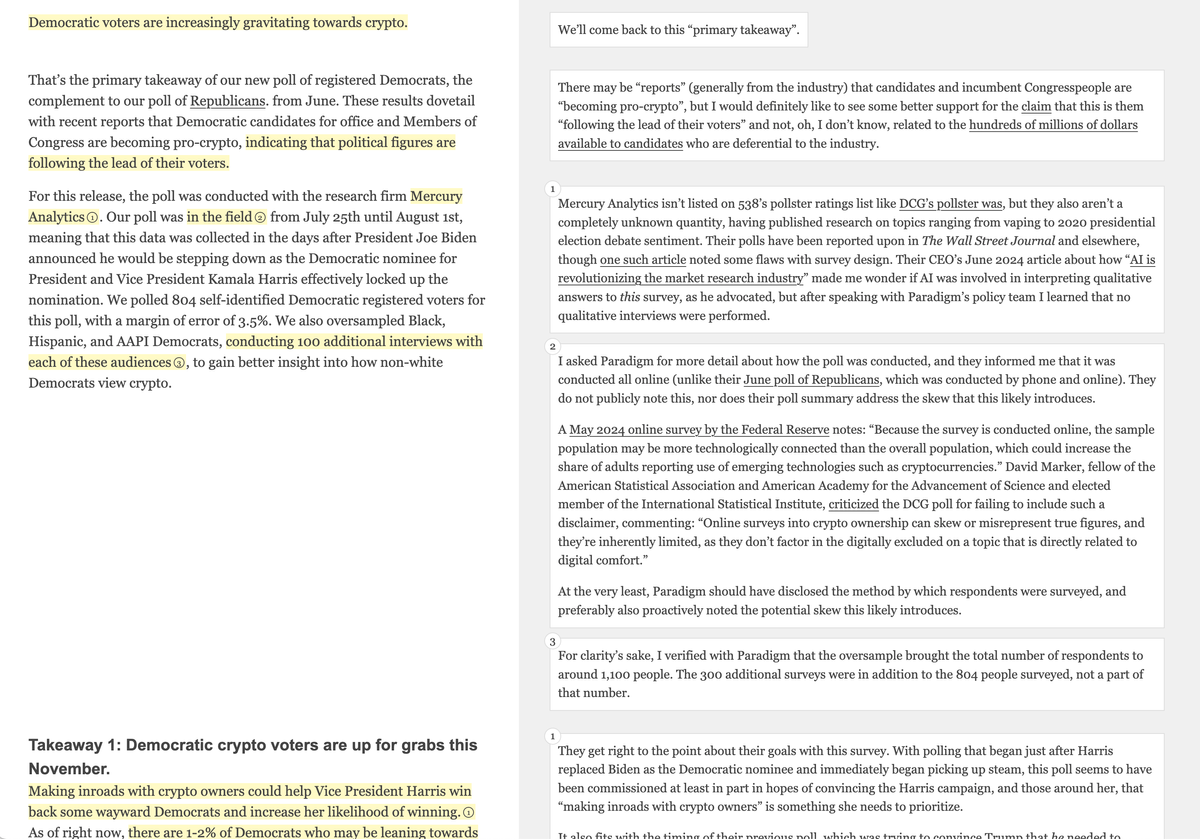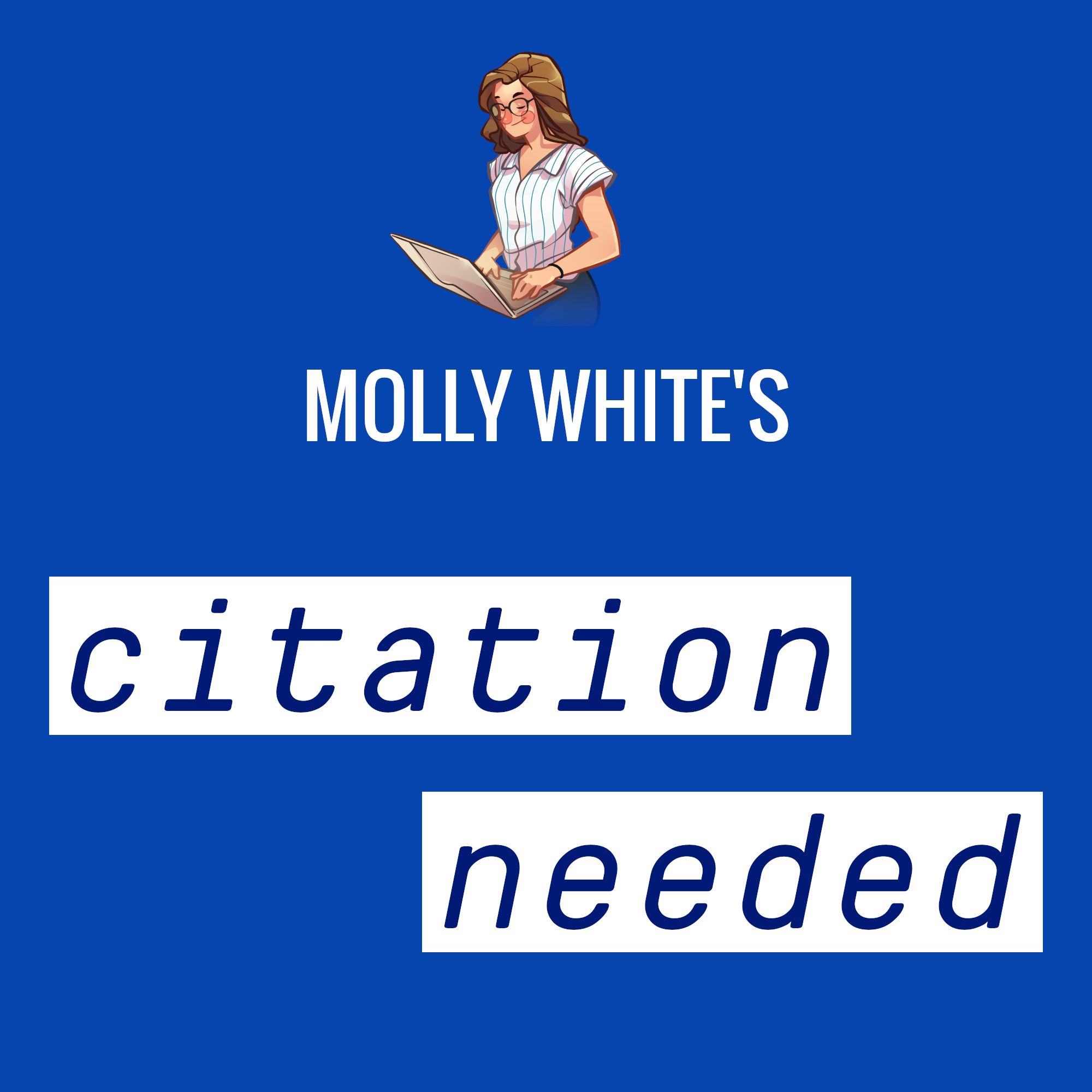Polling: Are Democratic voters really “increasingly gravitating towards crypto”?
Paradigm has polled some Democratic voters about crypto and released a summary of their results. How does it stack up to other industry polls, which are often heavily manipulated to paint a deceptively rosy picture?


Paradigm, a cryptocurrency-focused venture capital firm, has released a new poll of Democratic voters, following their June poll of Republicans and their March poll of American voters irrespective of party.
Previous polls released by industry groups, like the DCG-funded and Blockchain Association-published poll from May 2024 and a Coinbase survey from 2023, often feature dubious methodology, and the summaries of these polls are often written to suggest conclusions that are not well-supported by the data even if the data were trustworthy.
So, when Paradigm released this poll, which makes bold claims that “Democratic voters are increasingly gravitating towards crypto” and “there are 1-2% of Democrats who may be leaning towards Trump due the Biden Administration’s hostility to crypto”, I wanted to dig in.
While bias perhaps ought to be expected from industry-funded polling, these polls are often cited in the media and by politicians as if they were neutral, often without clearly disclosing the poll source. This is why I feel it’s so important to expose the flaws and biases in these summaries. Even if it may not be possible to convince the industry to do more objective polling (and, critically, write more objective summaries of these polls), I at least hope to inform people about the flaws, and urge journalists and others to be extremely cautious about citing them.
Because of the level of detail, I’ve published my analysis as one of my annotations (also sometimes described as fiskings), which you can view here. I’ve also done my very best to produce an audio version of the annotation, despite the somewhat less-than-audio-friendly format.




